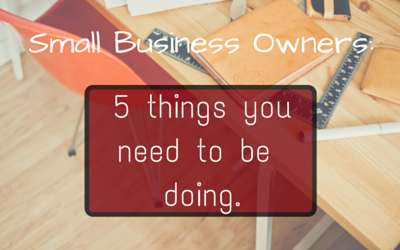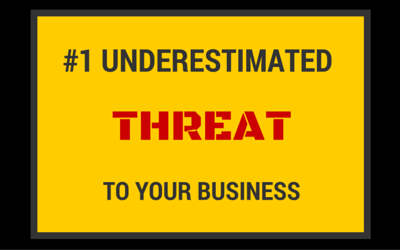Blog five essential things that small businesses in particular tend to ignore:
1 Alignment
The personal goals of the owner are often not in sync with the goals of the business, the goals of the business partners, the employees and the views of the customers. Imagine a tire with 4 ropes and 4 people pulling in 4 different directions. The tire will be stretched and stretched, but not move much. The same is true for non aligned businesses.
The personal goals of the owners can be unclear, if there are business partners they might not feel the same drive and motivation, they might even have different goals. Employees sometimes are unaware of the company goals, and so on.
The result is a lot of effort pulling the business in all type of different directions.
Is your business in Alignment?
When a Business Coach starts coaching a business, the first thing to do is to do a business alignment. Get all the energy, from your life’s goals to the entire company and its stakeholders flowing in one direction!
2 A practical ACTION plan
Some businesses have business plans into place, although often they were made once, then put into a drawer and forgotten. But based on a business plan, there ought to be an ‘action plan’: that is a practical plan that step by stepsdrives the business to improve itself, every week…
It is great that a business has goals, but only a real action plan will tell HOW the business is going to achieve these goals on a week by week basis.
Does your business have an Action Plan?
MASS clients have to make an action plan, every 90 days. This is done at an event called ’90 Day Business Challenge’ – and it is done as a 6 hour workshop where Business owners and their essential team members receive a business training on various topics.
Businesses that have a plan outperform businesses that do not have one. So where is your business?
3 Regular meetings and feedback
Does the team in your business meet weekly to check where they are compared to the Action Plan? Do team members get regular feedback? Does the business owner get regular objective feedback on how things are going? Are regular performance reviews in place?
How many business owners do you know have a process in place to improve themselves, their lives, and their business?
It is the reason why a business coach meets a client every week to push him or her beyond what they think is possible. After all, isn’t that what you expect from a coach?
4 To Measure Everything with simple KPI’s
What you do not measure, you cannot improve. It is that simple. It is one of the reasons why an estimated 75% of marketing dollars is wasted. It is one of the main reasons why businesses stagnate. Why team output does not improve. Some business owners are afraid of numbers, think that their business is unique. And then they are outperformed by their competitor and don’t know why.
The rule is simple. Measure everything!
Yes, within reason, and when you just start, you focus on the main things. But in millions of businesses, it is proven over and over again that just the act of measuring what you do, will give a significant improvement. The figure of an average of 10% improvement is often used. Imagine that, having a 10% higher sales rate, a 10% higher efficiency, a 10% of everything… The compound effects of all these higher rates will improve the profit level dramatically.
Does your business have Key Performance Indicators in place to measure everything?
A good Business Coach teaches what the most important KPI’s are that you need to track, and will provide the templates to help you out. Running a business by numbers is what it is all about.
5 Having the right balance between Time Investment and Time Spending
How many hours do you spend working IN the business, versus ON the business? And how is that true for your team? How often do you go home at the end of the working day, tired because you have been so extremely busy, but… you cannot remember what on earth did eat your time.
So many business owners spend their time, and forget that in order to make real money, and to gain time to spend outside of your business, you have to INVEST your time.
Imagine this, a person that can reach 80 years of age, has had 4000 weeks of life to live. So if you are 40 years young, you have 2000 weeks left. We all know time goes by faster than we think, so the question is: Is time in your company spend wisely? Is the business running you and dictating how you spend your time? Do you work IN, or ON your business?
That is why time management is one of the essential areas that a business mentor will work on.
Your business needs to work without you!
Rene: “My clients who took me on as their mentor will start implementing these 5 things – results then follow, with an ROI that is positive within 4 months. Within a year several clients started to have record breaking results.”






















